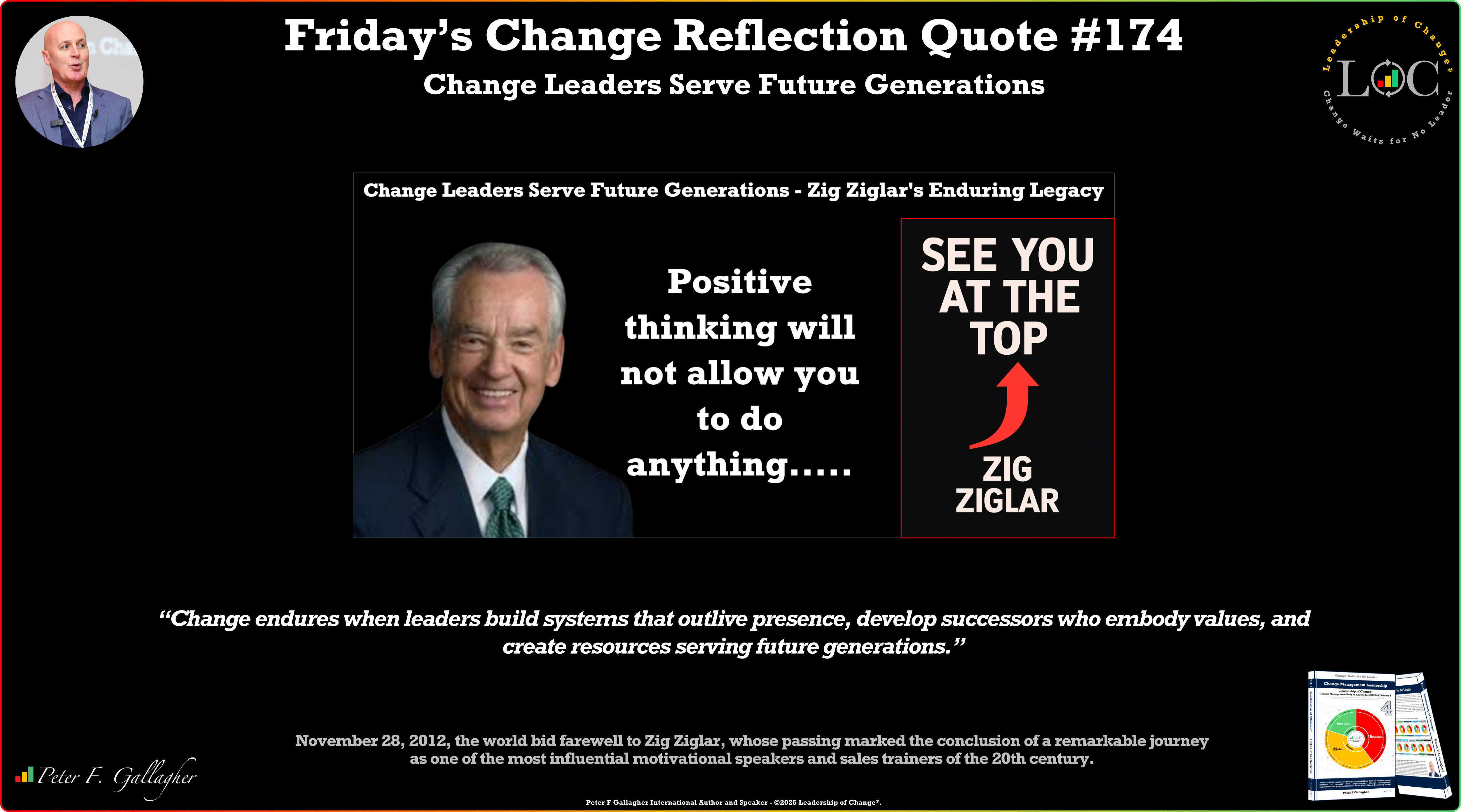Apr24

Introduction
Artificial intelligence (AI) has become a critical driver of innovation and disruption in today's rapidly evolving technological landscape. As a medium-sized business CEO, you might feel concerned about AI's potential impact on your business model. While it's natural to feel apprehensive, the key to thriving in this new era lies in embracing AI's opportunities and taking proactive steps to stay ahead of the curve.
In this article, we will explore ways you can adapt your business model to the challenges posed by AI, while providing examples of companies that have successfully navigated this transition.
The first step to addressing AI disruption is understanding the technology itself. Invest time in researching AI applications relevant to your industry and identify the potential impact on your business. By staying informed, you'll be better equipped to make strategic decisions that ensure your business remains competitive.
Example: AI-powered chatbots have become increasingly popular in customer service. Medium-sized companies like Acme Inc. have successfully integrated chatbots into their support systems, reducing response times and improving customer satisfaction.
Incorporate AI into your business model by investing in innovative solutions that leverage this technology. This can help streamline operations, enhance decision-making, and deliver better customer experiences.
Example: Retail company Zara implemented an AI-driven inventory management system that predicts demand and optimizes stock levels, ensuring products are available when customers want them. This has led to increased efficiency and a reduction in costs.
Employees are your most valuable asset, and their skills must evolve with the changing business landscape. Invest in AI training programs that empower your team to work alongside AI-driven solutions effectively. This will enable your employees to adapt and position your business to leverage the full potential of AI.
Example: Medium-sized accounting firm Brown & Co. introduced an AI upskilling program that trained its employees in using AI-powered software for data analysis and financial forecasting. The firm has since seen significant improvements in productivity and decision-making.
Forge partnerships with AI experts, research institutions, and technology companies to stay abreast of AI developments and gain access to cutting-edge solutions. These collaborations can help you implement AI strategies that give your business a competitive edge.
Example: Manufacturer Smith & Sons partnered with a leading AI research institute to develop an AI-driven quality control system that reduced defects and improved overall production quality.
Embrace an agile mindset by staying open to change and adapting your business model as needed. Continuously reassess your approach and make adjustments to stay ahead of AI-driven disruption.
Example: Ride-sharing company Lyft pivoted from traditional taxi service to an AI-powered ride-hailing platform, successfully adapting to the disruptive forces of AI and remaining a dominant player in the market.
Conclusion
AI disruption is an inevitable reality, but it also presents opportunities for growth and innovation. By understanding the AI landscape, investing in AI-driven innovation, upskilling your workforce, collaborating with experts, and adopting an agile mindset, you can proactively address the challenges posed by AI and position your medium-sized business for long-term success.
By Andrew Constable MBA, XPP, BSMP
Keywords: Business Strategy, Design Thinking, Innovation
 Operational Speed Without Strategic Clarity Creates Chaos
Operational Speed Without Strategic Clarity Creates Chaos The AI Curriculum: A Library's Deep Dive into Artificial Intelligence
The AI Curriculum: A Library's Deep Dive into Artificial Intelligence Friday’s Change Reflection Quote - Leadership of Change - Change Leaders Serve Future Generations
Friday’s Change Reflection Quote - Leadership of Change - Change Leaders Serve Future Generations The Corix Partners Friday Reading List - November 28, 2025
The Corix Partners Friday Reading List - November 28, 2025 The High-Performing Manager’s Burger: A Practical DoD that Reduces Defects and Shortens Cycle Time
The High-Performing Manager’s Burger: A Practical DoD that Reduces Defects and Shortens Cycle Time